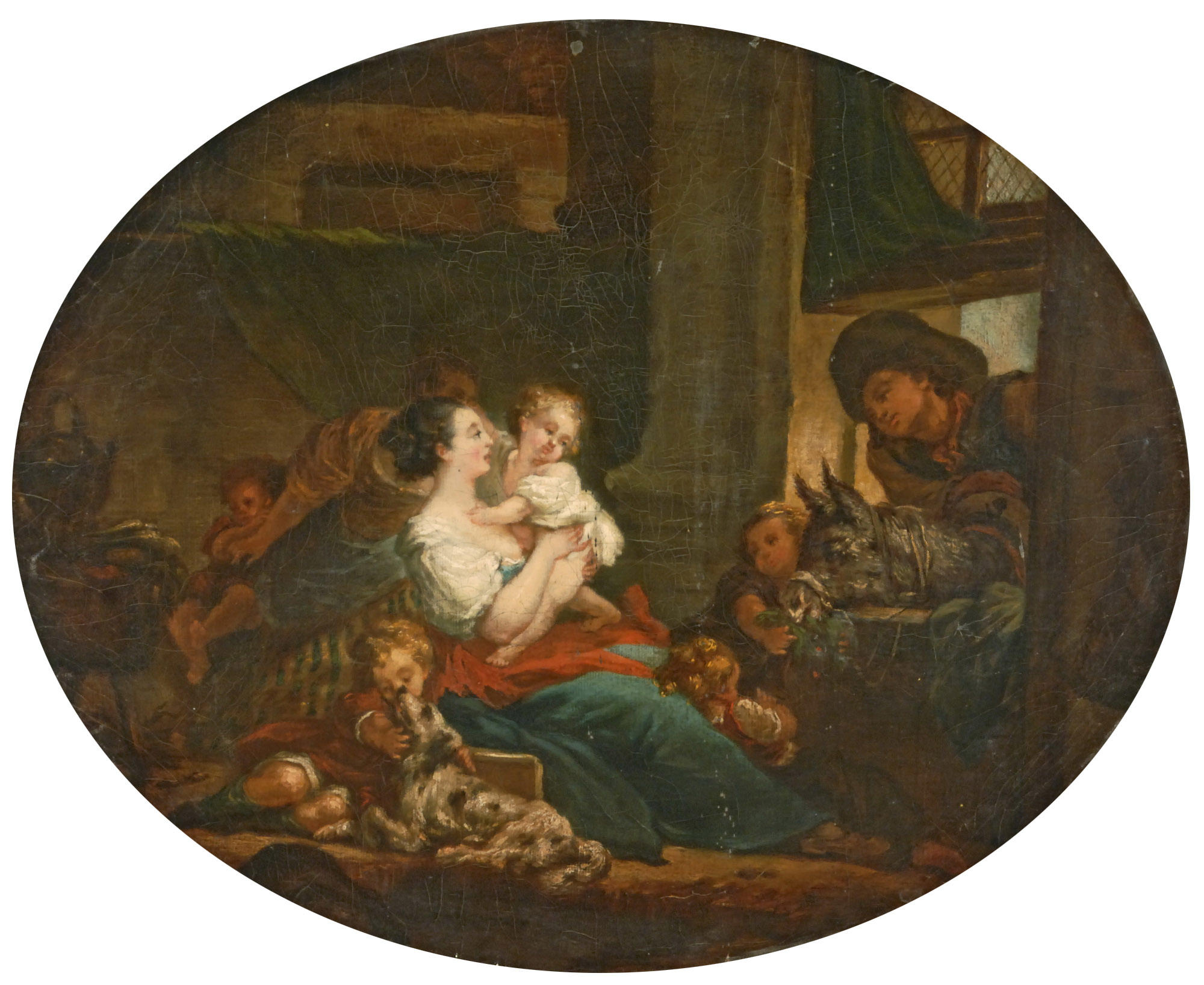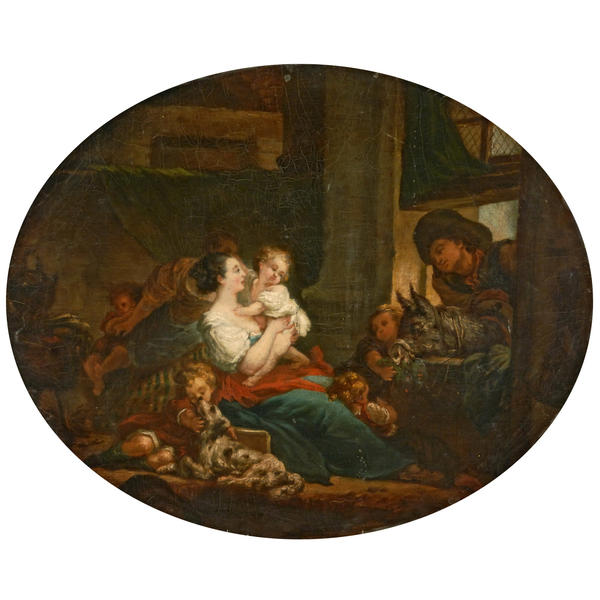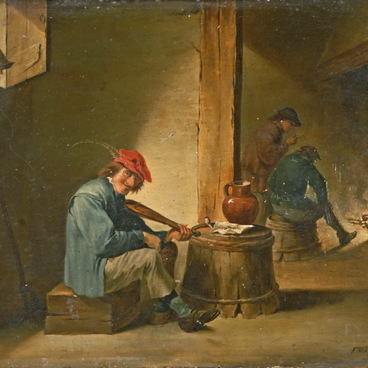Painting The Happy Family was made by artist Jean-Honore Fragonard. He was one of the outstanding improvisers in French painting of the 18th century. The artist preferred the rococo style that typically depicted luxury interiors, romantic scenes and easy casual lifestyles. In addition to drawings and engravings he painted over 550 pictures featuring mythology and everyday life scenes, landscapes and portraits as well as courteous episodes that enjoyed popularity in the 18th century. They showed people strolling around, reading letters and love adventures.
#2
#5
Fragonard took his learning from the works by French genre painting masters such as Jean-Batiste Chardin and Francois Boucher. In 1752 he worked on the painting titled Abraham’s Sacrifice which brought him the Grand Rome Award while after that he went to the French Academy in Rome.
#4
In the south of the country Fragonard worked on an illustrated deluxe edition where he engraved most of the drawings. One of the famous art works of this period is The Laundresses featuring women doing laundry in fountains and hanging the laundry on trees and statues. In 1765 the painter returned to Paris where he put his picture The Death of Cortez on display at an art salon. As a tribute to this particular work he was invited to join the Royal Academy of Art.
#6
At the end of the 18th century Jean-Honore Fragonard worked in a style that combined the elements of rococo, classicism, sentimentalism and realism. In his art work he depicted scenes from family daily lives of modest French people. Such paintings were his favorite genre towards the sunset of his career in art. The Happy Family may fall under this particular category of paintings.
#7
Art experts believe that the picture was painted during the artist’s first visit to Italy. However, the exact date of the painting is unknown.
#8
This work may be listed among the so called educational paintings. They were in fashion as a reaction to popular ideas of the Enlightenment period. In the center of the canvas, there is a young mother surrounded by her numerous children. The painter seems to have added some poetic features to everyday life since these routine activities look quite idyllic.
#9
After the 1917 Revolution, The Happy Family was delivered from Stroganov’s estate Znamenka to Moscow. Three years later the picture found itself in the Moscow National Fund and soon thereafter it was returned to the Tambov Art Gallery.
#10
Ministry of Culture of the Russian Federation
read morehide
00:00
00:00
1x
The Happy Family
Dimensions
37,5x45 cm
Technique
canvas, oil
Collection
Exhibition
4
Open in app
Share



